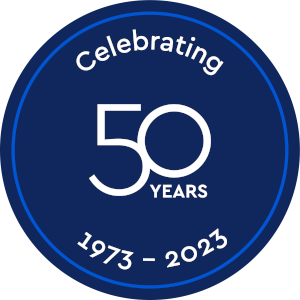The here and now
A full measured building survey is used to create a digital twin. This is done by plotting the dimensions and scope of a building or structure as they stand. Measured building surveys of existing buildings are required by developers, planners, architects and local authorities, who want to document what currently exists. These surveys illustrate all the structural elements and architectural features of the buildings. So, for external elevations of the building, all details are picked up and measured. These include the orientation of walls and doors, steps, pillars, window positions, timberwork, the roof detail and guttering etc. Interiors too can be surveyed, and the data gathered used to create in-depth, highly accurate plans of layouts, dimensions and inside spaces, including false ceilings, steel beams, sanitary ware or electrical sockets.
The point cloud laser scanner’s data-capture speed of one million points per second gathers the information quickly and efficiently. Once this data has been captured by our laser scanners, it is used in a number of ways. For example, it can be presented as a colour data-capture file, a 2D line drawing or a 3D model, or a paper plan. 3D models are extremely useful for understanding the present state of the building. They are also vital in creating a digital twin of the structure for forecasting its performance, tracking energy efficiency and FM projection purposes. A digital twin is a virtual representation of an intended or actual real-world physical product, system, or process – this is its physical twin. It’s widely used in construction projects and is particularly useful in facilities management and Building Information Modelling (BIM).
Planning with foresight
UK facilities management services are often organised regionally. They are used by public sector organisations, such as local councils, though private landlords and managers can use them too. Services offered can range from building maintenance, cleaning, on-site security and more. Public sector organisations can access these FM providers, to ensure buildings are kept clean and tidy. This can be both residential properties or commercial or office buildings. In all cases, digital twin technology is a useful tool in FM projections and planning. Measured building surveys accurately plot the existing data, but digital twins can show how and where the building is ageing.
Facilities management data can be used as part of Building Information Modelling. This is deployed in conjunction with Revit and other 3D architectural models. BIM is not a programme or software, but a set of practices. The relevance of building performance over time is an important factor when designing projects towards Net Zero. This is done by improving a building’s efficiency, for example energy efficiency, with the inclusion of solar panels for power generation. The aim of BIM is to improve information flow, reduce errors and increase efficiency. This is particularly useful when planning a refurbishment project on a building using a digital twin. As all details are known, then architects and interior designers can see where cabling, concrete columns and steel beams run throughout the building. Clash detection can be understood digitally rather than in a more expensive real-life version of events. This minimises overspend and keeps projects on track.
Starting the digital twin process
At present, no single software delivers a complete BIM solution. However, measured building survey data can be used to create 3D models. These can be inserted into other software throughout the preplanning, design, construction and in-use phases to create a BIM model, to begin the digital twin process. Having accurate and reliable existing data in the first instance is the initial step on the building’s journey.
For more information on measured building surveys and how they are used in BIM software or digital twins, get in touch and speak to one of our surveyors today.








